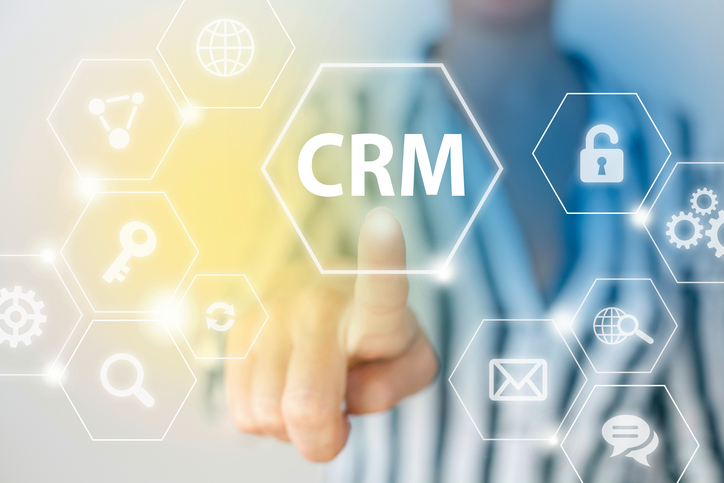

How willing are your customers to recommend your business to their friends, family and co-workers? Two-thirds of Fortune 1000 companies measure this dynamic. The metric is called a Net Promoter Score (NPS) and online retailers covet a high ranking.
Customer acquisition is challenging. It takes time and money to acquire new customers and to develop the trust necessary to build a relationship that leads to sales. When you consider that 83 percent of Americans are more interested in purchasing a product or service when they have received a recommendation from a friend or family member, it makes sense for businesses that are determined to grow their base to start with the customers they already have.
NPS is an index that measures the willingness of customers to recommend a company’s products or services to others. It ranges from -100 to 100.
Most companies use an independent service to assess this number. The third party will develop a survey gauging the company’s customers’ level of satisfaction. To calculate NPS, subtract the percentage of detractors from the percentage of promoters. NPS = percentage promoters – percentage detractors. For example, if 40 percent of respondents were promoters and 10 percent were detractors, a company’s NPS is 30.
Any score above zero would be considered good, with 50 and above classified as excellent, and 70 or higher as world class.
At Wine Access, a direct-to-consumer online wine company, we score in the 80s.
So, how do you earn such a strong number? It really boils down to customer experience. Customers who are happy will tell their friends. And while there’s a lot that goes into a great transaction, I think what’s paramount is a company culture that values customer service.
Here’s what has worked for us.
Compassion
Acknowledging your customers’ concerns and providing them with a robust solution that puts their needs first should permeate a company’s customer service efforts. Customers have invested in your service/product, so if there’s an issue you need to offer a solution that’s thoughtful and intentional. At Wine Access, we pursue this ethos by hiring customer service professionals who care. We invest in their education so they have a deep knowledge of the product and are empowered to act on solutions. Therefore, if a shipment goes missing, our agent sends our member a new order and then takes it upon themselves to file the claim with the carrier (i.e., UPS or FedEx). If the customer isn’t satisfied with the wine that was delivered, it doesn’t matter if it’s been 10 days or 10 years since they received the shipment, our team member will credit the bottle. Developing empathy, valuing the customer’s time, and responding efficiently and effectively will lead to greater trust and a positive outcome for the seller and the buyer alike.
Connection
How can you make your product not only more meaningful but experiential too? Brands including those that are exclusively online should consider developing multiple opportunities for the customer to feel closer to the product they’re presently using or are about to purchase. In-person events and podcasts are methods we use to foster a connection between people, place and wine. Our podcast enables listeners to share that sense of discovery and drink alongside wine experts and the show’s listeners. Pop-up shops have become a $10 billion industry, but we found that one-time events work, too. Earlier this year, we hosted a tasting featuring the owner of Château Mouton Rothschild, one of the world’s most prestigious and highly rated wines. We also want to be able to connect with customers at multiple price points. So, while we offer top wines — from $10 to over $1,000 — our average bottle price comes in at just under $30.
Content
The more educated the consumer is the more confident they will be to make a purchase. Content marketing should be thought of as a service that gives customers the option to take in useful information on their terms. Wine Access offers its members multiple channels to learn more about wine. There are visual charts where a consumer can quickly take in a few facts like the product’s acidity levels or the optimal drinking window. If the customer wants to dig a little deeper there are tasting notes or food pairing options. (Interestingly, we profile every single wine we offer and write all of our own tasting notes.) We also offer more in-depth content. It can come in the form of a 500-word story profiling the winery or a nine-minute video featuring a Master of Wine explaining how a white Champagne has some Pinot Noir in it (a red grape) or how fog impacts the growth of the nebbiolo grape. Wine Access also helps consumers tell their own story to their friends by including in each shipment a leaflet with questions (which could also serve as conversation starters). The shipment also includes a wine tag to hang on the neck of the bottle.
Convenience
Brands need to meet customers where they’re at. And increasingly that is on their phone. According to Insider Intelligence, mobile commerce sales topped $359 billion in 2021, an increase of 15 percent year-over-year. This number is expected to double by 2025. Apps are an easy way for consumers to access your offerings. They also offer the retailer great insight into a customer’s preferences. Wine Access’ app is able to personalize and curate product offerings by using an artificial intelligence-based algorithm on what a customer has viewed, purchased or rated highly.
As retailers, we should embrace multiple opportunities to engage with our customers. The Net Promoter Score is a starting point and lets us know how we’re doing. Knowing where you stand can inspire you to try new ways to make your customer’s purchase more meaningful and an experience they will want to share with their friends.
Joe Fisch is the CEO of Wine Access.




